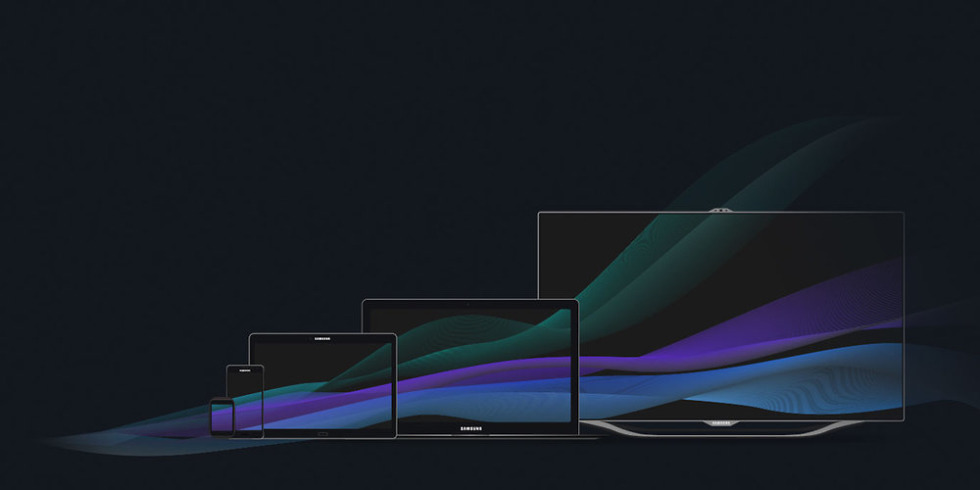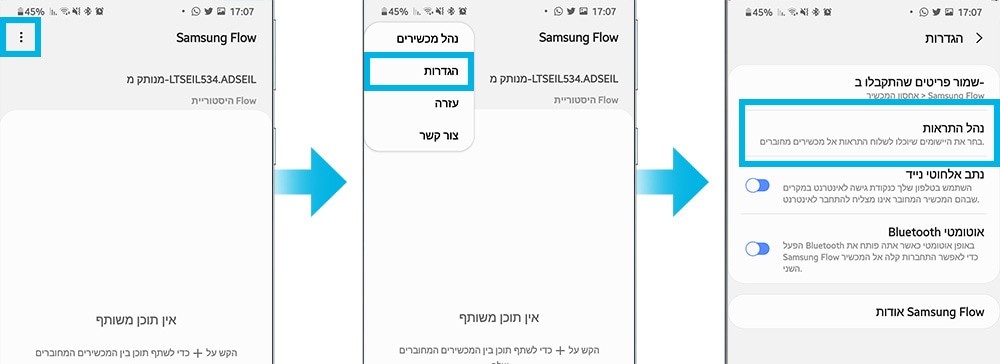

3) Compressed surface polymers such as polymethylpentene (PMP) have been available since the early 2000s. 2) Microporous polypropylene membrane has limitation in terms of longevity. A membrane lung has been developed to maximize the blood-gas contact surface. An exchange of gas inside the hollow fibers and blood circulating outside the fibers occurs through the membrane of the hollow fibers. The principal physiology of VA extracorporeal oxygenation of cardiopulmonary bypass.ĮCMO = extracorporeal membrane oxygenation RA = right atrium VA = venoarterial.Ī membrane lung, also called as an oxygenator, is composed of hollow fiber bundles. The blood flow through VA ECMO always bypasses the native cardiopulmonary system ( Figure 1). Venoarterial (VA) ECMO withdraws deoxygenated blood from the venous system through a drainage cannula, pumps the blood through a membrane lung, and returns the blood to the arterial circulation through a return cannula. The basic ECMO circuit includes cannulae for drainage and return, tubing, a pump, and a membrane lung. Hence, the use of the silicone membrane oxygenator led to the use of the term extracorporeal membrane oxygenation (ECMO). With the development of a silicone membrane oxygenator, a device used for long-term bypass support that allowed recovery outside the operating room was created. In 1957, Kammermeryer found that silicone rubber was strong enough to withstand hydrostatic pressure, yet it was permeable to gas transfer.

Walton Lillehei, MD performed cardiac surgery using a bubble oxygenator. The first human use of cardiopulmonary bypass in the operating room was in 1953 to assist in the repair of an atrial septal defect, and it was performed by John Gibbon, MD. We review the basic physiology of VA ECMO, the mechanism of complications, and the simple management of VA ECMO. Physicians who are using this technology should be knowledgeable on the prevention and management of these complications. It can cause several complications such as left ventricular distension with pulmonary edema, distal limb ischemia, bleeding, and thromboembolism. VA ECMO has a distinct physiology that is referred to as differential flows. Because VA ECMO can increase tissue perfusion by increasing the arterial blood flow, it is used to treat medically refractory cardiogenic shock or cardiac arrest.

VA ECMO is composed of a drainage cannula in the venous system and a return cannula in the arterial system. Venoarterial (VA) ECMO is a simplified version of the heart-lung machine that assists native pulmonary and/or cardiac function. Extracorporeal membrane oxygenation (ECMO) is a technique that uses a pump to drain blood from a body, circulate blood through a membrane lung, and return the oxygenated blood back into the body.


 0 kommentar(er)
0 kommentar(er)
